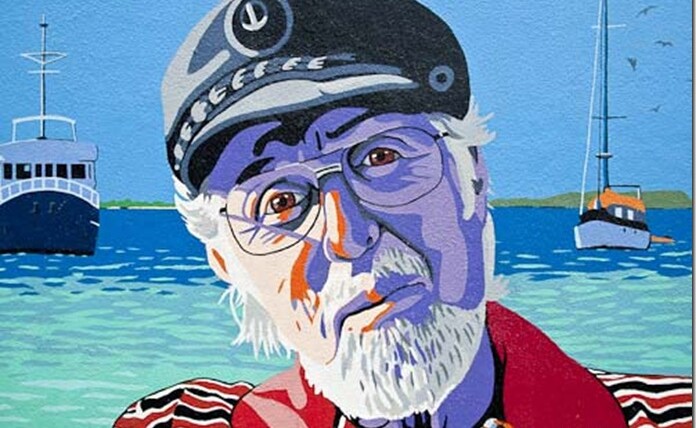The Bonaire National Marine Park or BNMP is the oldest marine reserve in the world. It includes the sea around Bonaire and Klein Bonaire from the high water line to a depth of sixty meters. The park was established in 1979 and covers 2700 hectares (6700 acres) coral reef, seagrass – and mangrove vegetation. The lagoon Lac is also part of the underwater park.
In 1999 the underwater park received the status of national park from the Netherlands Antilles. The uninhabited island Klein Bonaire was added to the underwater park as a legally protected nature reserve in 2001. The west side of Bonaire is littered with diving sites that are easily accessible from the beach. The dive sites around Klein Bonaire are accessible by boat for divers. With the exception of a small area, the BNMP is completely open to divers with a total of 86 public dive sites.
The national park covers the waters around Bonaire from the high water mark to a depth of 60 meters. Also some coastal stretches with mangrove forests, for example in the lagoon Lac. Part of the park is also the uninhabited island Klein Bonaire. The national park also contains several important wetlands, which are particularly protected under the Ramsar Convention. In general Bonaire reef ecosystem has fewer macroalgae, a higher coral cover and more young corals per square metre than comparable reefs on UNESCO List of World Heritage in Danger such as Belize Barrier Reef Reserve System.
The flora and fauna of the open water off the coast of Bonaire are not well researched. The water, as typical of the region, is quite warm and contains few natural nutrients, but large quantities of phytoplankton live in this area. Large fish occasionally observed in this area include tuna, wahoo, marlin and swordfish. Also whale sharks have already been spotted in the waters.
Bonaire is surrounded by fringing reefs. These consist of about 60 different coral species, including brain corals, elkhorn corals, fire corals and gorgonians. The reefs offer a variety of marine life. Some of the most common fish species are surgeonfish, parrotfish, reefperch and wrasses. In addition, countless invertebrates such as shrimp, crayfish and squid live here.




4 Comments
by movie online
Thanks for this! Definitely needed to read this one Jaquith Arvie Zebe
by hindi movie
This article is in fact a great one it helps new the web viewers, who are wishing for blogging. Domini Scotty Prudi
by mp3
Howdy terrific website! Does running a blog such as this require a lot of work? I have absolutely no knowledge of coding however I had been hoping to start my own blog in the near future. Anyway, if you have any recommendations or tips for new blog owners please share. I know this is off topic nevertheless I just had to ask. Thank you! Biddie Darb Brecher
by dizi
Great article! We will be linking to this particularly great article on our website. Keep up the good writing. Wylma Ingram Becht
Comments are closed.